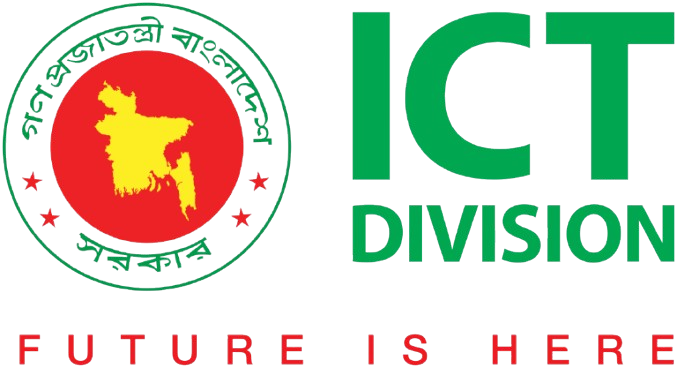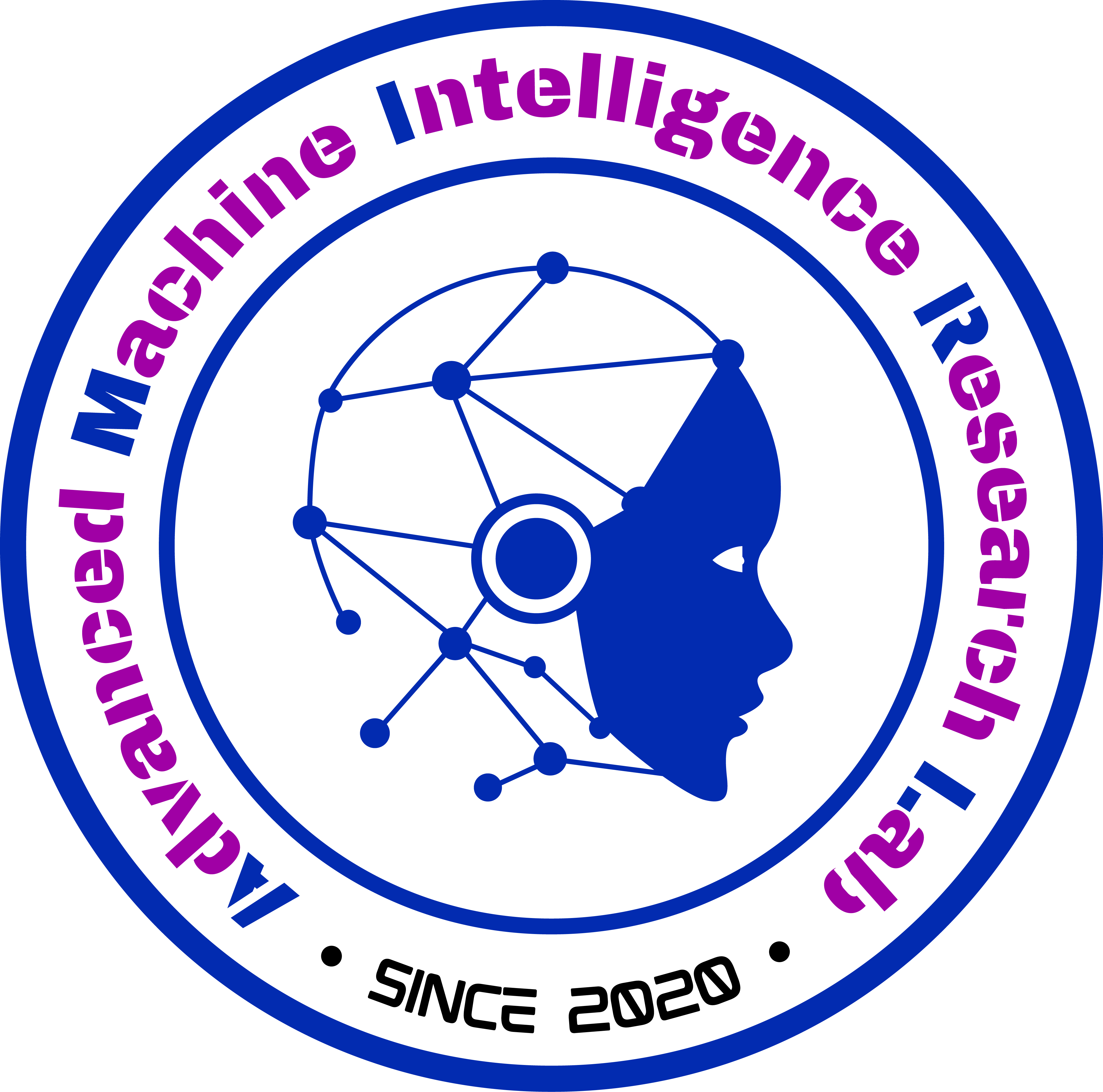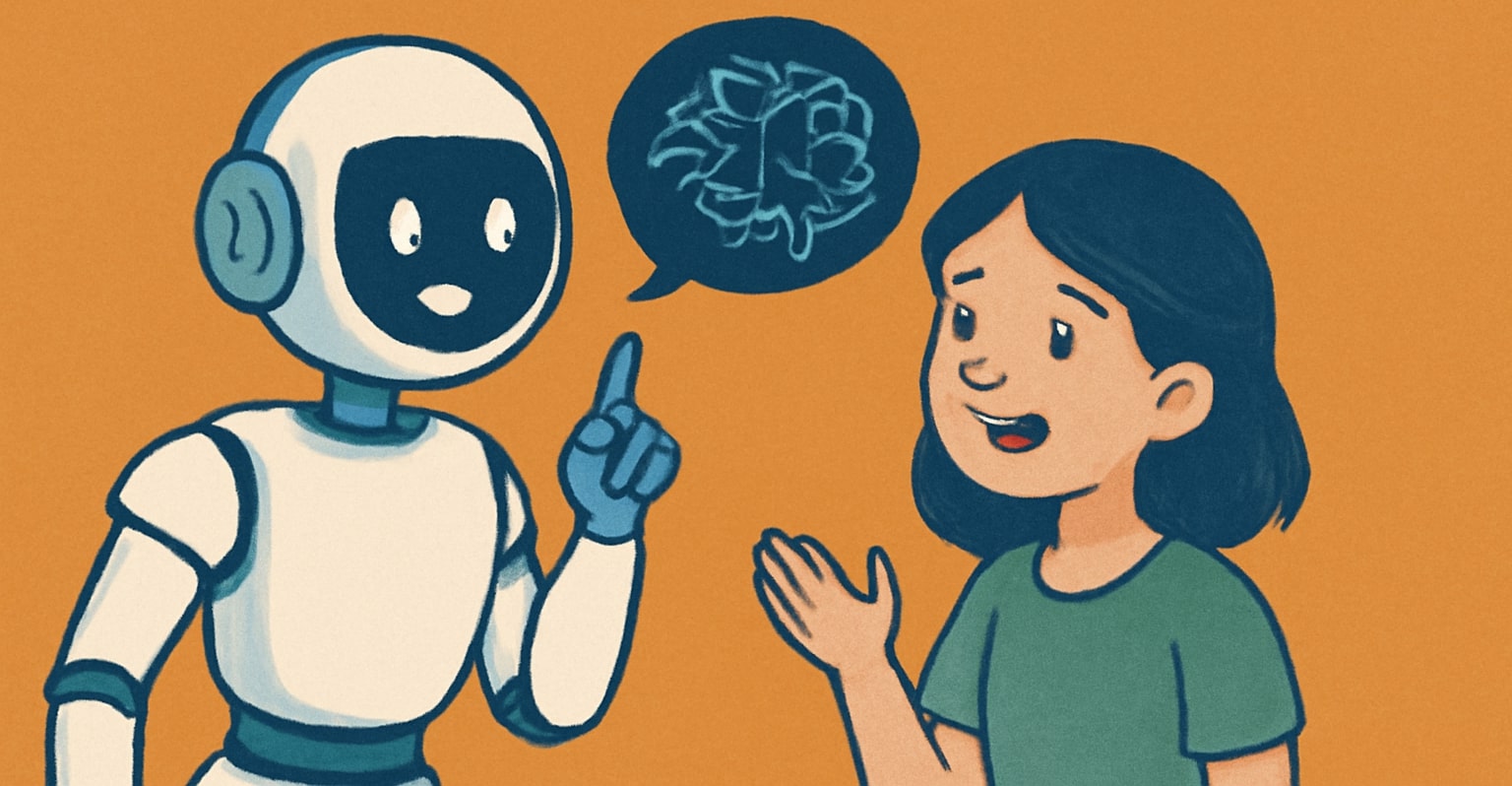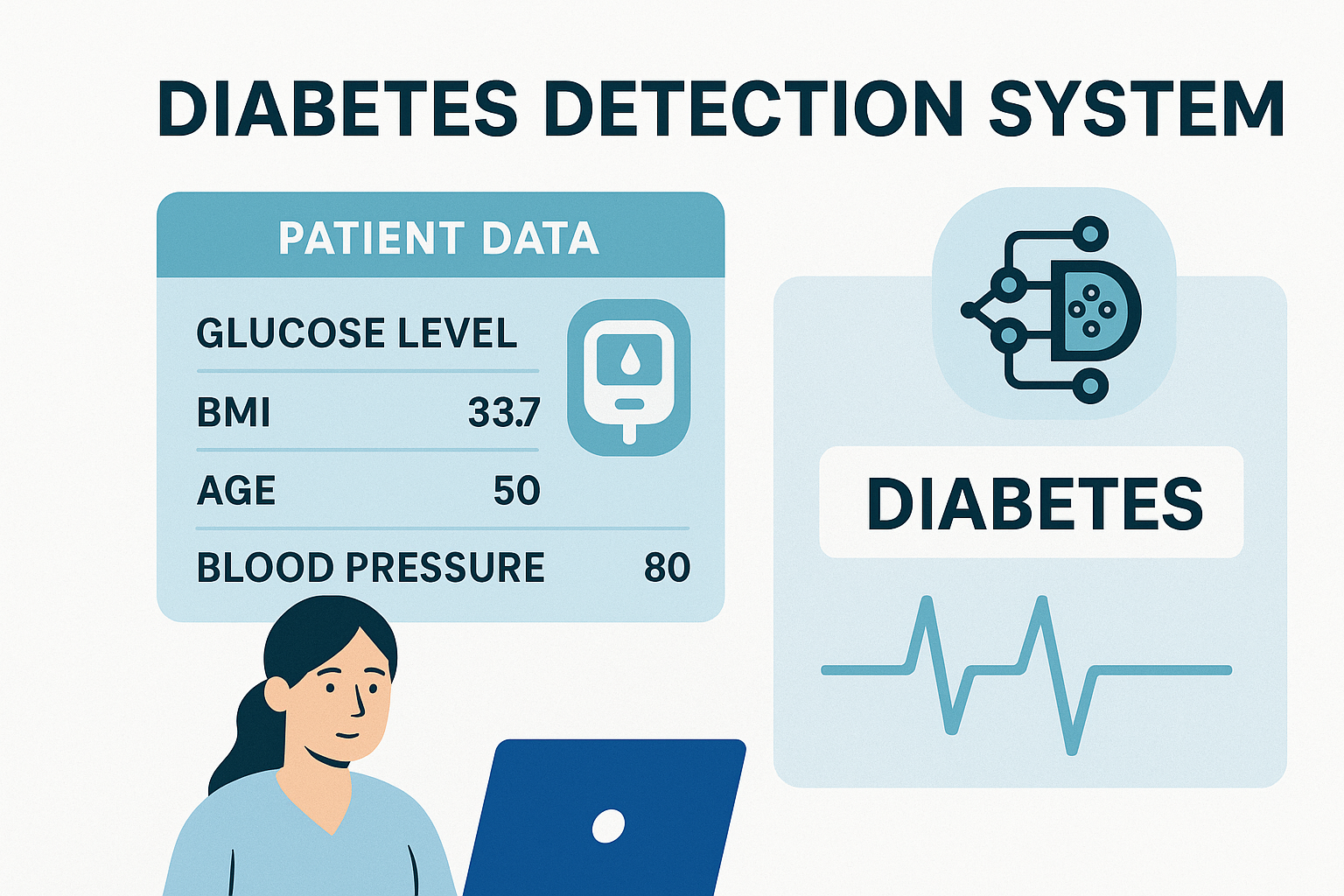ব্যাচ শুরু
রবিবার ২১ ডিসেম্বর
২১ ডিসেম্বর
লাইভ ক্লাস
রাত ৯:০০- ১০:৩০ (রবি,মঙ্গল)
সাপোর্ট ক্লাস
সোমবার, বুধবার, বৃহস্পতিবার রাত ৯টায়

ভর্তি চলছে
৫ম ব্যাচে
কোর্সে জয়েন করার আগে ডেমো ক্লাস দেখে নিন








গল্পে গল্পে মেশিন লার্নিং
৯ ডিসেম্বর
রাত ৯:০০টা
কারিকুলাম
২৯ মডিউল
৪৮ লাইভ ক্লাস
পাইথন প্রোগ্রামিং দিয়ে শুরু (Module 0-5)
ক্লাস নিবেনঃ
Sazzad Hossain
সপ্তাহ
০
শুরুর আগে শুরু
59 recorded video
ব্যাচের কার্যক্রম - মেইন লাইভ ক্লাস শুরুর আগেই যারা ইনরোল করেছেন, তারা কি বসে থাকবেন ? না! এই মডিউলে ব্যাসিক বেশ কিছু ভিডিও দেওয়া আছে। শুরু হয়ে যাক তবে শেখার জার্নি!
সপ্তাহ
২
Python Basics & Control Flow
2 live class
1 Quiz
Goal: Work with strings, numbers, and write simple decision-making programs.
Live Class 1 : Strings and Conditional Statement
Strings | Formatted Strings | String Methods | Numbers and Math Operations | Operator Precedence | Math Functions | If Statements | Logical Operators | Comparison Operators | While Loops
Live Class 2: Loops and Built in Data Structures (Part 1)
For Loops | Nested Loops | Break and Continue Statements | Lists | List Methods | List Comprehension
Mathematical Concepts Covered:
Strings and Text Representation | Mathematical Operations and Functions | Operator Precedence (BODMAS Rule) | Logical and Comparison Operators | Conditional Logic (If Statements) | Iteration and Loop Logic (For, While, Nested Loops) | Control Flow (Break, Continue) | Data Structures (Lists and List Comprehension) | Algorithmic Thinking and Problem Solving
সপ্তাহ
৪
Functions, Files & OOP Basics
Goal: Write reusable code, work with files, and learn OOP basics to prepare for real projects.
Live Class 1: Functions and Modules
Defining Functions | Parameters & Arguments | Return Values | Default & Keyword Arguments | Variable Scope | Try & Except | Using Built-in Modules
Live Class 2: File Handling and OOP Basics
Reading & Writing Files | File Modes | With Statement | Introduction to OOP | Classes & Objects | Attributes & Methods | Mini Project (Student Grade Calculator or Contact Book)
Mathematical Concepts Covered:
Functional Abstraction and Modularity | Parameters, Arguments, and Return Logic | Variable Scope and Data Flow | Error Handling and Logical Debugging | File Input/Output Operations | Data Persistence and Representation | Object-Oriented Thinking (Classes, Objects, Attributes, Methods) | Applied Logic through Mini Project (Computation & Data Management)
সপ্তাহ
১
Environment Setup & Python Foundations
2 live class
1 Quiz
Goal: Set up the coding environment and understand the basics of Python programming.
Live Class 1 : Environment Setup & Introduction
Installing Python | Installing VS Code / IDE | Setting Up Interpreter | Writing First Python Code | Understanding Print Function | Comments | Variables & Data Types
Live Class 2 : Input & Basic Operations
Taking User Input | Type Conversion | Arithmetic Operators | String Concatenation | Basics of Debugging (Errors & Fixing)
Mathmaticals Concepts Covered:
Number Systems | Basic Arithmetic Awareness | Data Representation | Logic & Abstraction | Arithmetic Operations | Order of Operations (BODMAS rule) | Type Conversion & Numeric Data Types | String Concatenation | Error Debugging (Logic Errors)
সপ্তাহ
৩
Core Data Structures Mastery
Goal: Manage and transform data effectively using Python’s built-in collections.
Live Class 1: Built in Data Structures (Part 2)
Tuples | Tuple Methods | Sets | Set Methods | Dictionaries | Dictionary Methods
Live Class 2: Advanced Looping with Data Structures
Iterating over Lists, Tuples, Sets, Dictionaries | Zip and Enumerate | Nested Dictionary/Lists | Mini Practice Problems
Mathematical Concepts Covered:
Data Organization and Representation (Tuples, Sets, Dictionaries) | Understanding Uniqueness and Immutability | Mapping and Key-Value Relationships | Iteration Logic over Complex Structures | Sequence Pairing (Zip, Enumerate) | Nested Data Handling | Logical Structuring and Abstraction | Problem Solving with Data Patterns
সপ্তাহ
৫
Exam week 1
1 Assignment
1 Test
মডিউল ১ থেকে মডিউল ৪ পর্যন্ত যা যা আলোচনা হয়েছে, সেটার উপর ভিত্তি করে থাকবে একটা বড়সড় এসাইনমেন্ট ও লাইভ টেস্ট। ঝালিয়ে নিতে পারবেন নিজেকে।
মেশিন লার্নিং এ হাতেখড়ি | Basic To Advanced (Module 6-12)
ক্লাস নিবেনঃ
Sazzad Hossain
সপ্তাহ
৬
Intro to Machine Learning
2 live class
1 Quiz
Objective: Understand the full course and get a breif knowledge about ML
Live Class 1: AI Engineer Full Roadmap | Intro to ML
Live Class 2: Types of Machine Learning | Intro to EDA
Mathematical Concepts Covered:
Foundations of Artificial Intelligence and Machine Learning | Data Representation and Abstraction | Introduction to Statistical Thinking | Types of Machine Learning (Supervised, Unsupervised, Reinforcement) | Exploratory Data Analysis (EDA) Concepts | Data Patterns, Distributions, and Correlations | Logical and Analytical Reasoning for Model Understanding
সপ্তাহ
৮
Development Tools and Best Practices
2 live class
1 Quiz
Objective: Introduce Git, Jupyter, Colab, and environment setup.
Live Class 1: What is Git and why use it | Basic Git commands: init, add, commit | Understanding version control | What is GitHub and how it works | Creating and managing repositories on GitHub | Cloning and pushing code | Branching and merging basics | Typical project folder structure | Best practices for organizing codebase
Live Class 2: What is Jupyter Notebook | Running and managing code cells | Introduction to Google Colab | Uploading and sharing notebooks | Writing clean and readable code | Using comments and proper indentation | Writing Markdown in notebooks | Formatting text, lists, and code blocks with Markdown | Creating headings and notes for better understanding
Mathematical Concepts Covered:
Version Control Logic and Change Tracking | Workflow Structuring and Project Organization | Logical Sequencing of Code Operations (Init, Add, Commit, Merge) | Systematic Thinking for Code Management | Documentation and Presentation through Markdown | Structured Data Representation in Notebooks | Readability, Clarity, and Code Abstraction | Analytical Organization of Code and Notes for Reproducibility
সপ্তাহ
১০
Classification Models and Evaluation
2 live class
1 Quiz
Live Class 1: Introduction to logistic regression | Understanding sigmoid function and probabilities | Binary classification with logistic regression | Introduction to K-Nearest Neighbors (KNN) | How KNN makes predictions based on distance | Choosing the right value of K | Introduction to decision trees | Splitting criteria: Gini and Entropy | Overfitting and pruning in decision trees | Comparing logistic, KNN, and decision trees
Live Class 2: What is a confusion matrix | Understanding TP, FP, TN, FN | Calculating precision and recall | What is F1 score and why it matters | Balancing precision and recall | Introduction to ROC curve | Interpreting ROC-AUC score | Choosing metrics based on problem type
Project: Titanic Dataset
Mathematical Concepts Covered:
Logistic Regression and Sigmoid Function | Probability and Binary Classification | K-Nearest Neighbors Algorithm and Distance Metrics | Model Parameter Tuning (Choosing K) | Decision Trees and Splitting Criteria (Gini, Entropy) | Overfitting and Pruning Techniques | Comparative Analysis of Classification Models | Confusion Matrix and Classification Outcomes (TP, FP, TN, FN) | Precision, Recall, and F1 Score Calculations | Balancing Evaluation Metrics | ROC Curve and AUC Interpretation | Metric Selection Based on Problem Context
সপ্তাহ
১২
Unsupervised Learning and Dimensionality Reduction
2 live class
1 Quiz
Live Class 1: Introduction to K-Means clustering | How K-Means groups similar data points | Choosing number of clusters | What is the Elbow Method | Using Elbow Method to find optimal K | Introduction to PCA (Principal Component Analysis) | Reducing dimensionality with PCA | Interpreting principal components | PCA vs clustering: when to use what
Live Class 2: Hierarchical Clustering & DBSCAN
Project: Clustering Assignment: Iris Dataset
Mathematical Concepts Covered:
K-Means Clustering and Data Grouping | Cluster Count Selection and Optimization | Elbow Method for Determining Optimal Clusters | Dimensionality Reduction with Principal Component Analysis (PCA) | Interpretation of Principal Components | Comparative Analysis of PCA and Clustering Techniques | Hierarchical Clustering Methods | Density-Based Spatial Clustering of Applications with Noise (DBSCAN)
সপ্তাহ
৭
Machine Learning Pipeline
2 live class
1 Quiz
Objective: Understand the Full ML Pipeline and Get ready to deep dive into the world of ML
Live Class 1: Master Pandas, Numpy , Vector and its Importance in ML
Live Class 2: Machine Learning Pipeline , Best Practices | Underfit , Overfit , Bais , Variance
Mathematical Concepts Covered:
Vectors and Linear Algebra Foundations | Numerical Computation with NumPy | Data Manipulation and Analysis using Pandas | Understanding Dimensions and Data Structures | Machine Learning Pipeline Concepts | Model Evaluation and Optimization | Underfitting vs Overfitting | Bias-Variance Tradeoff | Statistical Reasoning and Data Preprocessing Best Practices
সপ্তাহ
৯
Regression Models and Evaluation
2 live class
1 Quiz
Live Class 1: Introduction to linear regression | Fitting a line to data using least squares | Understanding slope and intercept | What is overfitting in regression | Introduction to regularization | Ridge regression and L2 penalty | Lasso regression and L1 penalty | Comparing ridge and lasso | When to use ridge vs lasso
Live Class 2: Introduction to model evaluation | What is Mean Absolute Error (MAE) | Interpreting MAE in regression models | What is Root Mean Squared Error (RMSE) | Difference between MAE and RMSE | What is R-squared (R²) | Interpreting R² as model accuracy | Choosing the right metric for evaluation
Mathematical Concepts Covered:
Linear Regression and Line Fitting using Least Squares | Understanding Slope, Intercept, and Line Equation | Overfitting and Model Complexity | Regularization Techniques (L1 and L2 Penalties) | Ridge and Lasso Regression Comparison | Statistical Model Evaluation Metrics (MAE, RMSE, R²) | Error Measurement and Interpretation | Model Accuracy and Performance Assessment | Analytical Decision-Making for Metric Selection
Project: House Price Predictor
সপ্তাহ
১১
Exam Week 2
1 Assignment
1 Test
মডিউল ৬ থেকে মডিউল ১০ পর্যন্ত যা যা আলোচনা হয়েছে, সেটার উপর ভিত্তি করে থাকবে একটা বড়সড় এসাইনমেন্ট ও লাইভ টেস্ট। ঝালিয়ে নিতে পারবেন নিজেকে।
ডীপ লার্নিং & কম্পিউটার ভিশন (Module 13-15)
ক্লাস নিবেনঃ
Sazzad Hossain
সপ্তাহ
১৩
Introduction to Deep Learning
2 live class
1 Quiz
Live Class 1: Introduction to neural networks | Structure of a neural network: neurons, layers, activation functions | Forward propagation process | Calculating outputs in a neural network | What is backpropagation | Adjusting weights during backpropagation | Gradient descent and learning rate | Role of loss function in training | Training a neural network through epochs
Live Class 2: Deep Neural Networks, Vanishing/Exploding Gradients, and Batch Normalization (with TensorFlow)
Project: MNIST Digit Classifier
Mathematical Concepts Covered:
Neural Network Architecture (Neurons, Layers, Activation Functions) | Forward Propagation and Output Calculation | Backpropagation Algorithm and Weight Adjustment | Gradient Descent Optimization and Learning Rate | Loss Function and Model Training | Iterative Training over Epochs | Deep Neural Networks and Layer Stacking | Challenges of Vanishing and Exploding Gradients | Batch Normalization Techniques | Practical Implementation with TensorFlow
সপ্তাহ
১৫
Exam Week 3
1 Assignment
1 Test
মডিউল ১১ থেকে মডিউল ১৪ পর্যন্ত যা যা আলোচনা হয়েছে, সেটার উপর ভিত্তি করে থাকবে একটা বড়সড় এসাইনমেন্ট ও লাইভ টেস্ট। ঝালিয়ে নিতে পারবেন নিজেকে।
সপ্তাহ
১৪
Computer Vision with CNNs
2 live class
1 Quiz
Live Class 1: Introduction to Convolutional Neural Networks (CNN) | What is computer vision? Use cases in industry | Basics of CNNs: convolution, pooling, flatten, FC | CNN architecture overview: input, convolution, pooling, fully connected layers | What is a convolution layer and its purpose | Applying filters to input images | Understanding kernel size and stride | Max pooling and average pooling layers | Reducing spatial dimensions with pooling | Role of convolution and pooling in feature extraction
Live Class 2: Introduction to image classification | Overview of CNN for image classification | Using Keras for building CNN models | Loading and preprocessing image data | Defining the CNN architecture in Keras | Adding convolution, activation, and pooling layers | Flattening and adding fully connected layers | Compiling the model with optimizer, loss, and metrics | Training the model with image data | Evaluating model performance on test data | Image preprocessing techniques: resizing, normalization | Data augmentation for Image Data
Project: Dog vs Cat Image Classifier
Mathematical Concepts Covered:
Convolutional Neural Networks (CNN) Fundamentals | Computer Vision Concepts and Industry Applications | Convolution Operations and Filter Application | Kernel Size, Stride, and Feature Extraction | Pooling Layers (Max and Average) and Spatial Dimension Reduction | CNN Architecture Components (Input, Convolution, Pooling, Fully Connected Layers) | Image Classification Basics with CNN | Model Building with Keras Framework | Image Data Loading and Preprocessing | Network Architecture Design and Layer Stacking | Model Compilation and Training | Performance Evaluation Metrics | Image Preprocessing Techniques (Resizing, Normalization) | Data Augmentation for Robustness
কোর্সটি আপনারই জন্য



ইন্সট্রাক্টর

Tahmid Rahman
AI Team Lead at iBusinessFormula | Former AI Engineer at Brain Station 23
.png)


.png)

Sazzad Hossain
Machine Learning Engineer | Researcher | Computer Vision | NLP




Md Mobashir Hasan
Co-Founder | AI & Project Manager at Systalo | CS & Research Lead AT Team Apex | Chief Technology Officer at QBitLab


 (2).png)
Nazib Riasat
Teaching Assistant at Ostad
.png)
MD. Shahriar Imtiaz
Research Intern at AMIR Lab | AI & Machine Learning Researcher

যেসব ট্যুলস ও টেকনোলোজি শিখবেন

Python

Pandas

NumPys

Matplotlib
.svg)
scikit-learn

TensorFlow

Keras

PyTorch

Jupyter Notebook

Google Colab
.svg)
Git

GitHub

FastAPI
.svg)
Docker

MLflow
.png)
SpaCy
OpenAI

LangChain
.png)
Postman
.svg)
Swagger (OpenAPI)
কী কী থাকতে হবে

ল্যাপটপ/ডেস্কটপ (৮ জিবি র্যাম)

ভালো ইন্টারনেট কানেকশন

লেগে থাকার মানসিকতা
কোর্সে আপনি পাচ্ছেন

৭ মাসের স্টাডিপ্ল্যান

৪৮ টি লাইভ ক্লাস

১৩ টি ইন্ডাস্ট্রি স্ট্যান্ডার্ড প্রজেক্ট

প্রোগ্রেস ট্র্যাকিং

সপ্তাহে ৩ দিন সাপোর্ট ক্লাস

কমিউনিটি সাপোর্ট

লাইফটাইম এক্সেস

ইন্টারভিউ হ্যান্ডবুক

সার্টিফিকেট
বেসিক ঝালাই করুন এখান থেকে
এই কোর্সের প্রিরিকুইজিট হলো পাইথন। তাই পাইথনের উপর এই ভিডিওগুলো দেখে নিলে আপনার প্রিপারেশন হবে সলিড।

কোর্সটি আপনারই জন্য



ফিডব্যাক
আমাদের লার্নারদের কাছে শুনুন
প্রায়ই জিজ্ঞেস করা প্রশ্ন
1. আমি কি ভিডিওগুলো ডাউনলোড করতে পারবো?
হ্যা, ওস্তাদের অ্যাপে আপনি ভিডিও ডাউনলোড করে রাখতে পারবেন।2. আমি কি মোবাইল দিয়ে জয়েন করতে পারবো?
মোবাইল দিয়ে লাইভ ক্লাসে জয়েন করতে পারবেন কিন্তু প্র্যাকটিস করতে পারবেন না3. আমার কি ভিডিওগুলোর লাইফটাইম এক্সেস থাকবে?
জ্বি, ভিডিও এবং রিসোর্সের লাইফ টাইম এক্সেস পাচ্ছেন।4. লাইভ ক্লাস কোথায় হবে ?
লাইভ ক্লাসে আপনি একটি সিঙ্গেল ক্লিকে জয়েন করে ফেলতে পারবেন ওস্তাদ প্ল্যাটফর্ম থেকেই।5. এসেসমেন্ট কিভাবে হবে?
প্রতি সপ্তাহে থাকবে একটি করে কুইজ এবং এক্সাম উইকে থাকবে এসাইনমেন্ট এবং কুইজ।6. ওস্তাদ প্রো ব্যাচে কাদেরকে নেয়া হবে?
৭০% বা তার বেশি মার্ক নিয়ে যারা কোর্স কমপ্লিট করবেন তাদেরকে নিয়ে করা হবে প্রো ব্যাচ।7. দেশের বাইরে থেকে কিভাবে পেমেন্ট করবো?
ওস্তাদের ইন্টারন্যাশনাল পেমেন্ট গেটওয়ের (Stripe) মাধ্যমে আপনি ক্রেডিট কিংবা ডেবিট কার্ড দিয়ে পে করতে পারবেন।8. লাইভ ক্লাসের রেকর্ডিং থাকবে?
জ্বী, পাবেন লাইভ ক্লাস রেকর্ডিং এর লাইফ টাইম এক্সেস।9. প্র্যাকটিস করতে গিয়ে সমস্যায় পড়লে সাপোর্ট পাবো কোথায়?
যেকোনো সমস্যায় দুইবেলা সাপোর্ট ক্লাসে স্ক্রিন শেয়ার করে সাপোর্ট নিবেন দক্ষ সাবজেক্ট ম্যাটার এক্সপার্টদের থেকে।
কিভাবে পেমেন্ট করবো?
1. পেমেন্ট মেথড কি কি?
আপনি সরাসরি ওস্তাদের পেমেন্ট গেইটওয়ের মাধ্যমে Bkash, Nagad, Rocket, Visa, Mastercard, Debit and Credit কার্ড দিয়ে পেমেন্ট করতে পারবেন।2. আমি কি যেকোনো ডিভাইস দিয়ে পেমেন্ট করতে পারবো?
জ্বী, আপনি ফোন, পিসি কিংবা ল্যাপটপ যেকোনো ডিভাইস দিয়ে পেমেন্ট করতে পারবেন।3. পেমেন্ট প্রসেস কি?
পেমেন্ট করার জন্য প্রথমে ব্যাচে ভর্তি হোন বাটনে ক্লিক করুন। এরপর পেমেন্ট পেইজ থেকে পেমেন্ট মেথড সিলেক্ট করে পেমেন্ট করুন বাটনে ক্লিক করুন এবং পেমেন্ট সম্পন্ন করুন।4. ডিসকাউন্ট কিভাবে পাবো?
আপনি ব্যাচে ভর্তি হওয়ার আগে এভেইলেবল প্রোমো কোড বসিয়ে এক্সপেক্টেড ডিসকাউন্ট পেতে পারেন।5. পেমেন্ট কনফার্মেশন কিভাবে পাবো?
পেমেন্ট প্রসেস শেষ হলে আপনার কাছে একটি মেসেজ আসবে এবং আপনার ড্যাশবোর্ডে আপনার জয়েন করা ব্যাচটি দেখাবে। আপনার স্টাডি প্লান অনুযায়ী কোর্স শুরু করে দিতে পারবেন।6. আমার লেনদেনের হিসাব থাকবে কি?
আপনার ড্যাশবোর্ডে আপনি প্রোফাইল থেকে ট্রাঞ্জেকশন ট্যাবে ক্লিক করে লেনদেন দেখতে পারবেন।
ক্যারিয়ার কাউন্সিলরের সাথে কথা বলুন

প্রোমো কোড AIE28 ২৮% ডিসকাউন্ট, আর বাকি ১ দিন !

.png)
















